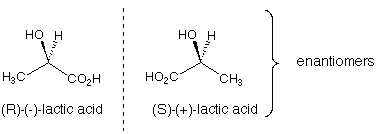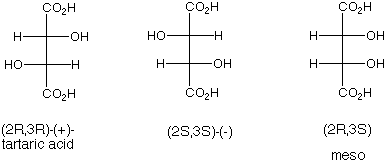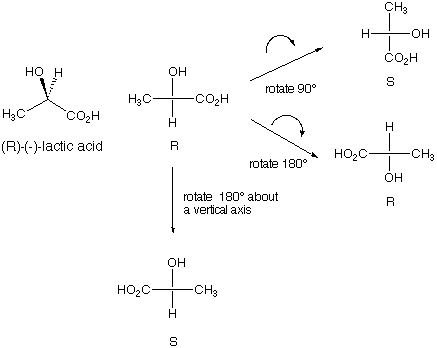

The (2R,3R) and (2S,3S) stereoisomers are enantiomers (different mirror images). There are two pairs of diastereomers: (2R,3R) and (2R,3S); (2S,3S) and (2R,3S).
Question: 2,3-Dihydroxybutanoic acid has four stereoisomers. How many pairs of enantiomers and how many pairs of diastereomers are found within the stereoisomers?

question: (+) & (-)-carvone are enantiomers; why do they smell differently?